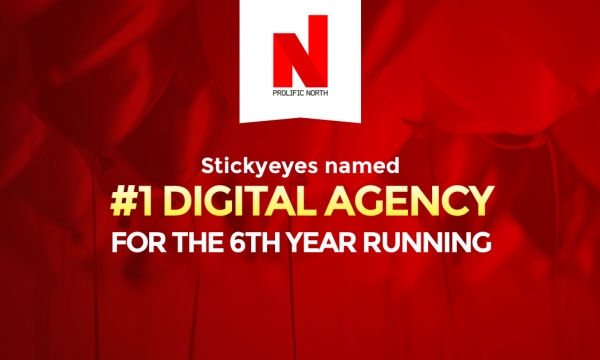Launched back in April in just five American cities, YouTube TV arrived with more of a fizzle than a bang. But for $35 a month subscribers gained access to more than 50 live channels, including content from US cable giants, as well as Google’s own premium content.
It’s a service very much aimed at the ‘cord cutting’ generation – millennial consumers who have ditched the onerous ties and contracts from traditional cable companies and instead, get their video content from lower-priced streaming and VOD services such as Netflix and Amazon Prime video.
These are consumers who are notoriously difficult for advertisers to reach. Nielsen data from the US suggests that just 4.2% of 13-17 year olds are watching live TV at any one time, and that figure looks set to fall further as traditional cable suppliers struggle to modernise their approach to appeal to these connected consumers.
And this is why Google’s service matters.
The YouTube generation

Online streaming services have changed the face of media broadcasting, but the traditional broadcasters still hold the better hand when it comes to premium content, particularly live sport. The pay TV model relies on this content, and it is that content that tempts consumers into bundles TV and internet packages with a minimum term contract that can sometimes run into the hundreds of pounds (or dollars) every month.
But with YouTube TV now getting into the premium content game, that could change. Google has the financial muscle to compete for those all-important media rights, to undercut the broadcasters and to engage with those younger audiences on a platform that has become native to them.
The latter point is particularly pertinent, because Google is the master at getting to know its audience and serving up exactly what they want to see. It will not take long before a subscriber’s account populates with content that is ideally suited to each viewer. And with up to six personal “Accounts” for each family subscription, its easy to see how this personalisation will go deeper than traditional broadcast models.
And this is where the opportunities for advertisers come into play.
Why brands should care

Google knows more about its audiences that any other media platform – and that’s a powerful selling point.
With the power of Google’s Adsmart, and Adwords technology – serving highly personalised video advertising to individual viewers becomes a far more effective proposition.
Broadcast (traditional UK channels) demographic targeting has only generally managed to focus down to geographic postcode level, although satellite advertising models (such as Sky Adsmart) have got as far as Experian data on a household level. Google’s personalisation and deeper connection to viewer’s wider browsing history will yield far more precise data to target personalised advertising content towards the individual or family unit (kids in the morning, adults and parents in the evening), ensuring a more cost effective and focused conversion model on broadcast marketing activities.
This is early days at the moment for YouTube TV – but it’s fun to dream.


